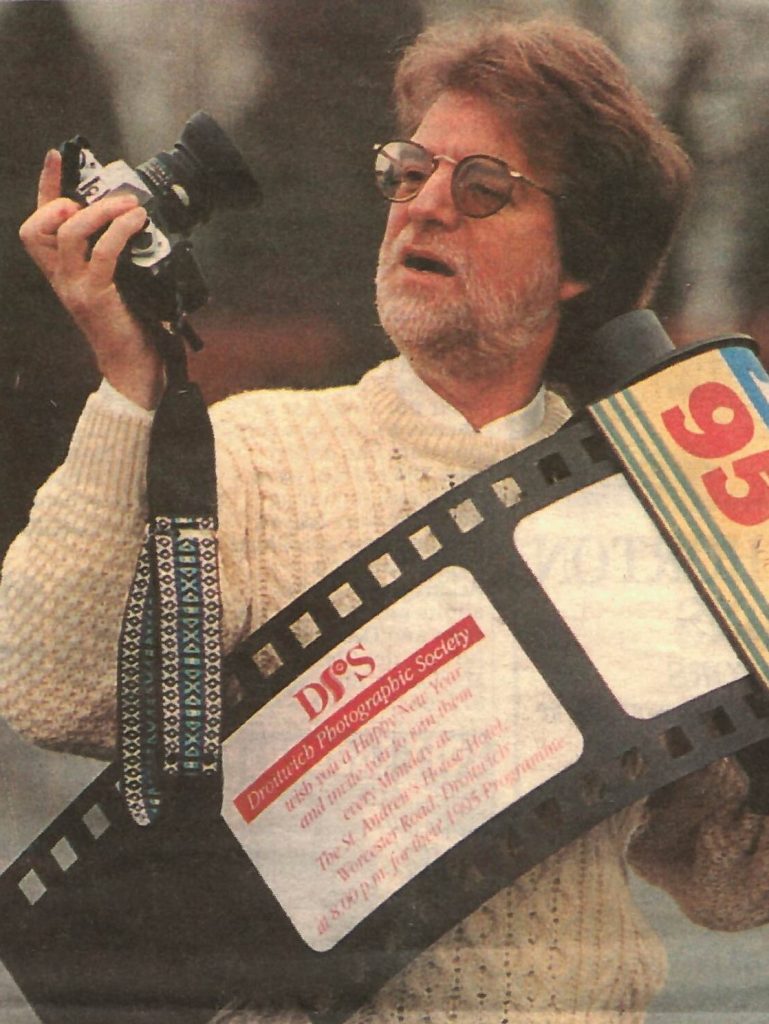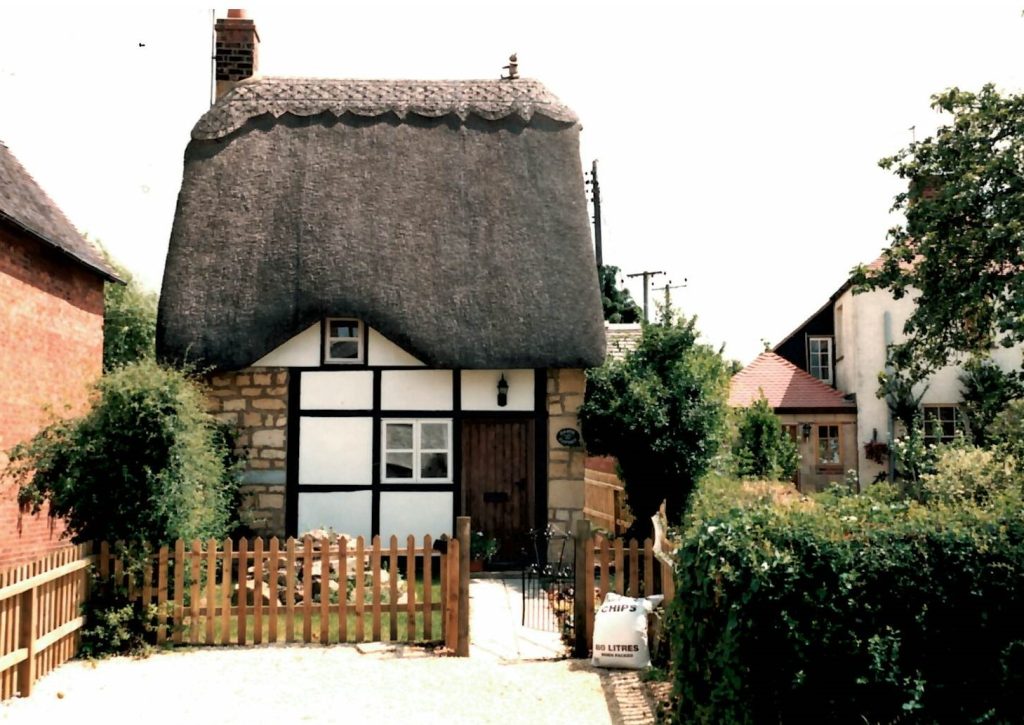Photographing Worcestershire
- 7th September 2023
Photographs offer a visual record of the history of the past. Seeing what people, places and communities once looked like can help us trace changes overtime. They can even reveal the history of the photographic medium itself. At Worcestershire Archive Service, we hold 80,020 photos as part of the Worcestershire Photographic Survey – a collection of images dating between 1550 and 2016 that provide an accurate pictorial record of the county over time. Yet many more are scattered across our collections. Some form part of larger deposits, whilst others exist as separate collections of photographs deposited by individual photographers. Examples include three recently catalogued deposits; with the focus of the first being Droitwich Spa Photographic Society.
Initially known as Droitwich Theatre and Arts Club, the group first met in October 1971 in a small room at the back of the Norbury Theatre, Droitwich, Worcestershire. Still in existence today, the society welcomes novices and experienced photographers alike – from whom they say one can always learn. To begin with, subscriptions were submitted to cover the cost of room hire and social activities, which included days out to interesting locations to help members develop their photographic capabilities. In 1975, after an unsuccessful attempt to set up a darkroom, the group relocated to a new venue at St Andrew’s House Hotel.

Publicity secretary Gordon Pritchard with a film cartridge made by member Peter Preece, photo taken by Mike Carter, The Droitwich Advertiser, 12th Jan 1994. © Newsquest. 705:1449 BA14368/1/35
Re-named, Droitwich Camera Club began taking part in club, inter-club and wider photography competitions that featured prints and slides by members. Subjects ranged from landscapes and nature to portraiture and one-word themes, and from 1973, colour photos were judged alongside those in black and white. In March 1979, the club’s first photographic exhibition was held at Droitwich High School, and from the 1980s, successive displays of prints began to be exhibited at Droitwich Spa Heritage Centre and Droitwich Library.
Photographs and newspaper cuttings document the club’s remarkable success. In 1994, they snapped up the Wychavon trophy for the sixth time in eight years – an annual competition between Droitwich, Evesham and Pershore Camera Clubs that began in 1886. Programmes and promotional papers also detail an impressive range of organised events, with professional photographers often giving lectures. In 1999, established landscape photographer Joe Cornish gave a talk and presentation at Droitwich High School.
Amateur photographer Arthur Wonnacott’s collection of roughly 1,500 colour images of Worcestershire towns and villages, is the second deposit of note. Shot between 1995 and 2009, they showcase an array of churches, houses, cottages, pubs, schools, shops and other buildings. Born in Kings Worthy near Winchester, Hampshire on 27th December 1937, Wonnacott’s passion for photography saw him travel around England’s counties taking pictures of things that interested him. He then meticulously catalogued them into three albums in which he detailed when and where each was taken. Some of Wonnacott’s images even appeared in local newspapers – cuttings of which he has also kept. These include one of South Littleton Manor – a Grade II listed, seventeenth century manor house located in Middle Littleton, Evesham.

Garth Cottage, Cow Honeybourne, Photographs of Worcestershire Towns and Villages by Arthur Wonnacott, 1995: 705:1788, BA16619/2
Finally, A Trip to Malvern is a photographic record of Malvern water compiled by Sue and Vic Clarke. It contains images alongside newspaper cuttings, hand drawn maps and printed extracts from the book ‘Springs, Spouts, Fountains and Holy Wells of The Malverns’ by Bruce Osborne and Cora Weaver. After travelling to Malvern to follow their predecessor’s descriptive tour, the couple traced sixty-two celebrated water sources – taking pictures of what they found during visits between 1999 and 2001.
All photographs offer researchers a starting point for understanding the context and circumstances that produced them. Each of these deposits offers a unique insight into lives lived during the late twentieth and early twenty-first centuries. With personal photo collections, information about images resides primarily in the memory of the person who took them and is often lost when they pass. As archival items, however, photographs help us to preserve the history of life in Worcestershire in varied and interesting ways. Capturing moments and places in time, we will spend far longer looking at them than the camera ever did.
The items mentioned in this blog are all available to research. Please submit an enquiry via our website or speak to someone on the desk if you would like to enquire about viewing them. The Worcestershire Photographic Society contains 80,020 images, approximately 62,000 of which can be viewed on microfiche in our Self-Service Area. The text index is also available to search online via our website.
Post a Comment